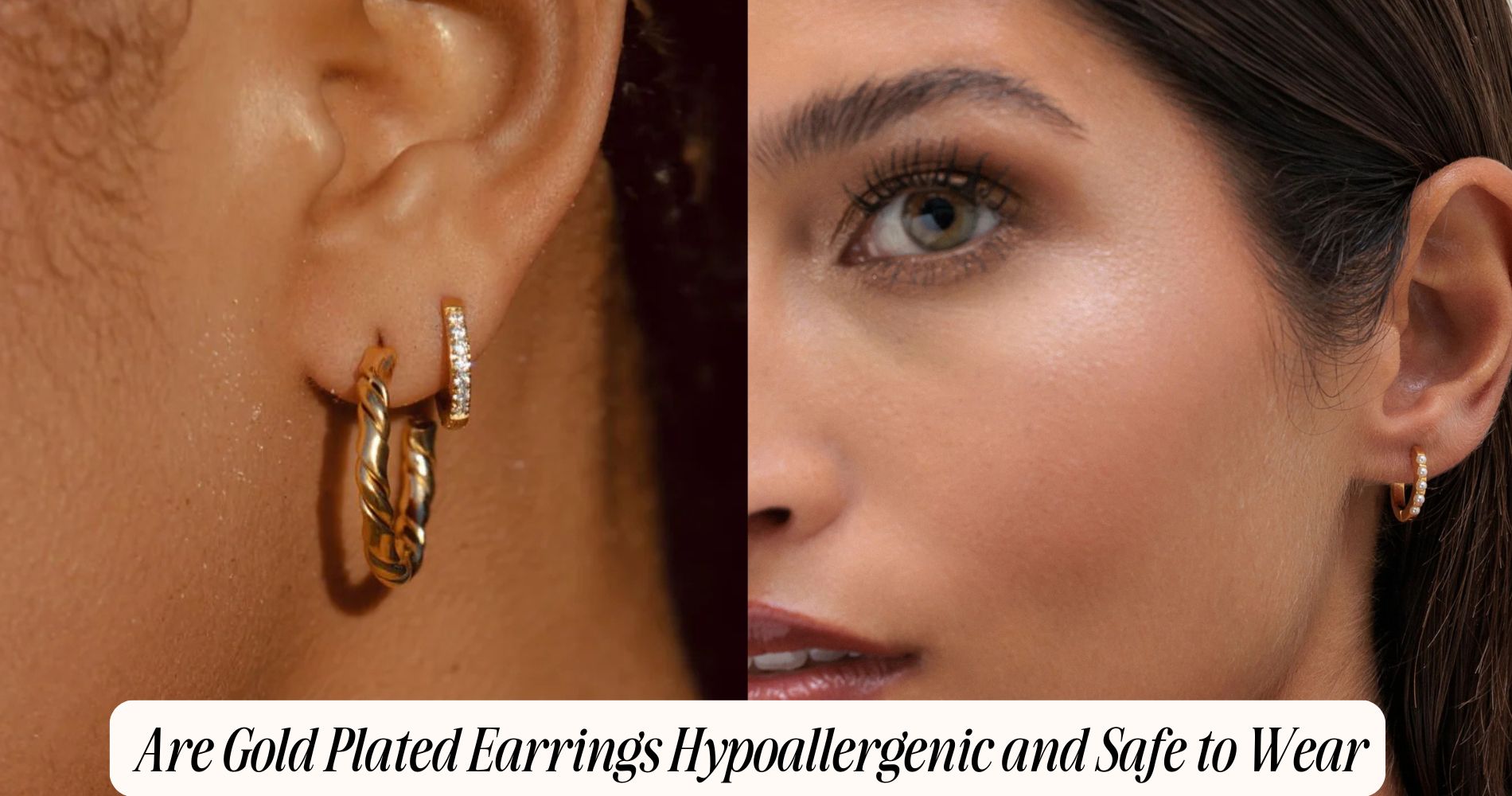
Are Gold Plated Earrings Hypoallergenic and Safe to Wear
Are gold plated earrings hypoallergenic? They can be—if you choose nickel-free designs with thicker plating. Opt for higher-karat gold (14k–18k) layered over inert bases like titanium, niobium, or sterling silver. Avoid thin “gold flash” coatings; instead, look for 0.5–1.0 microns or vermeil (≥2.5 microns) to minimize exposure to sensitizing metals. Since brass or copper cores may cause irritation as plating wears, it’s best to select earrings labeled “nickel-free” or “nickel-compliant.” Always clean and remove them during sweat or sleep to keep your skin comfortable. Explore Atolea’s Hypoallergenic Hoop Earrings for beautiful, skin-friendly styles.
What Gold Plating Is and How It Affects Skin Sensitivity
Although “gold plated” sounds straightforward, it describes a thin layer of gold bonded to a base metal—often sterling silver, brass, or nickel-containing alloys—using electroplating.
You’re contacting the surface gold, not the core, so skin response depends on layer thickness, gold purity, and wear. Higher karat gold contains less reactive alloying metals, reducing risk. However, thin or worn plating can expose sensitizers, increasing allergic reactions, especially if nickel is present beneath.
You can’t judge safety by color alone. Verify karat (e.g., 14k vs 18k), plating thickness (measured in microns), and whether a nickel-free underlayer is used (often palladium or rhodium).
Clean gently, avoid abrasives, and remove earrings during exercise or swimming to limit degradation. If you have known metal sensitivities, choose thicker, high-purity plating and documented nickel-free construction.
Base Metals: Brass, Copper, and Sterling Silver Compared
Because the base metal under gold plating can contact your skin as the coating thins, it’s critical to know how brass, copper, and sterling silver differ in reactivity and allergy risk.
Brass properties include a copper–zinc alloy that can leach copper ions and trace nickel; you may see green staining and experience dermatitis if you’re nickel-sensitive.
Copper reactions are typically irritant or discoloration rather than true allergy, but sensitive ears can still sting or itch.
Sterling silver (92.5% silver with 7.5% copper) is generally well tolerated; however, some alloys contain nickel, and tarnish can irritate piercings.
If you’ve had eczema, nickel allergy, or recent piercings, choose nickel-free sterling or medical-grade alternatives and monitor for redness, warmth, or persistent itching.
Plating Thickness: Gold Flash, Standard Plating, and Vermeil
While gold plating improves comfort at first wear, thickness determines how long your skin stays protected from the base metal. Gold flash is ultrathin—usually under 0.175 microns—so it abrades quickly with sweat, friction, and cleaning. Expect short plating durability and faster exposure to the underlying alloy.
Standard plating ranges around 0.5–1.0 microns (sometimes up to 2). It resists routine wear longer, especially if you remove earrings for bathing and exercise. Vermeil pairs a sterling silver core with a minimum 2.5 microns of gold, offering the longest barrier and more reliable hypoallergenic options when maintained properly.
To reduce irritation risk, choose thicker plating, smooth finishes, and gentle care. Store dry, avoid abrasives, and clean with mild soap. Replace worn pieces promptly to maintain skin protection.
Nickel Content and Allergy-Safe Labels to Look For
Even small amounts of nickel can trigger contact dermatitis, so focus on materials and labels that minimize exposure. If you have nickel allergies, prioritize posts and bases made from safe materials such as titanium (ASTM F-136/ISO 5832-3), niobium, platinum, or 14k–18k solid gold.
For gold-plated options, confirm the substrate isn’t nickel; look for sterling silver, brass, or copper cores instead.
Check labels that state “nickel-free,” “hypoallergenic,” or “nickel-compliant.” In the EU, “nickel compliant” refers to REACH limits on nickel release (0.5 µg/cm²/week for items in direct, prolonged contact).
In the U.S., seek transparent material disclosures, and prefer medical-grade or implant-grade designations. Verify “vermeil” relies on sterling silver under gold plating.
When uncertain, request third-party test documentation (e.g., EN 1811 nickel release reports).
Care Tips to Reduce Irritation and Extend Wearability
Although high-quality materials lower risk, daily care drives comfort and longevity: clean posts and backs after each wear with 70% isopropyl alcohol or a mild, fragrance-free soap and water, then dry completely to limit microbial growth and residue that can irritate skin.
Perform gentle ear cleaning with saline or warm water to remove sebum and hair product buildup that can trap allergens.
Remove earrings before sleep, workouts, pools, and hot tubs to reduce friction, sweat, and chemical exposure.
Apply moisturizer around, not on, piercings; avoid occlusive balms that can macerate skin.
Rotate pairs to allow skin recovery.
Use airtight, dry storage methods: separate pouches or soft-lined compartments to prevent abrasion and tarnish.
Discontinue wear if you notice redness, pruritus, or crusting; seek medical evaluation.
Frequently Asked Questions
Are Certain Earring Backings More Likely to Cause Irritation?
Yes. Nickel-containing backings commonly trigger irritation. You react to metal composition more than design. Choose hypoallergenic earring materials: titanium, niobium, surgical steel, or 14k+ gold. Avoid plated brass and unknown alloys. Clean regularly, dry thoroughly, and monitor for dermatitis.
Do Gemstone Settings Increase the Risk of Allergic Reactions?
Yes, settings can increase risk if they expose nickel or cobalt. You’re sensitive to gemstone composition, adhesives, and plated prongs. Verify metal purity, avoid unknown alloys, choose inert stones, monitor for localized allergic response, and discontinue wear if dermatitis develops.
How Do Body Lotions or Perfumes Affect Gold-Plated Earrings’ Safety?
They can compromise safety. Lotions and perfumes accelerate plating wear, exposing base metals. Check lotion ingredients for alcohols, acids, or emulsifiers; they increase corrosion. If you have fragrance sensitivity, avoid direct contact. Apply products first, let dry, then wear.
Can Ear Piercings’ Healing Stage Impact Reaction to Gold Plating?
Yes. During early healing, your immune response heightens, increasing healing reactions to trace allergens. You’re more likely to react to base-metal leaching under thin plating. Choose implant-grade titanium or solid 14k–18k gold; verify metal composition and postpone wearing plated studs.
Are There Hypoallergenic Alternatives for Sensitive Earlobes Besides Gold Plating?
Yes. You should choose titanium studs, niobium, or medical-grade plastic; they’re inert and low-nickel. Silver earrings (sterling) can contain nickel and trigger dermatitis; opt for argentium or fine silver. Verify ASTM/FDA biocompatibility. Monitor for erythema, pruritus, or swelling.
Conclusion
Gold-plated earrings can be safe if you choose wisely. Look for nickel-free labels, hypoallergenic claims, and thicker plating—preferably vermeil over base brass or copper. Sterling silver cores reduce risk; brass and copper raise it. Avoid “gold flash” for sensitive skin. Test new pairs briefly, clean posts regularly, and keep earrings dry. If you’ve had reactions, opt for 14k–18k solid gold, titanium, or niobium. Stop wearing immediately if you notice redness, itching, or swelling.


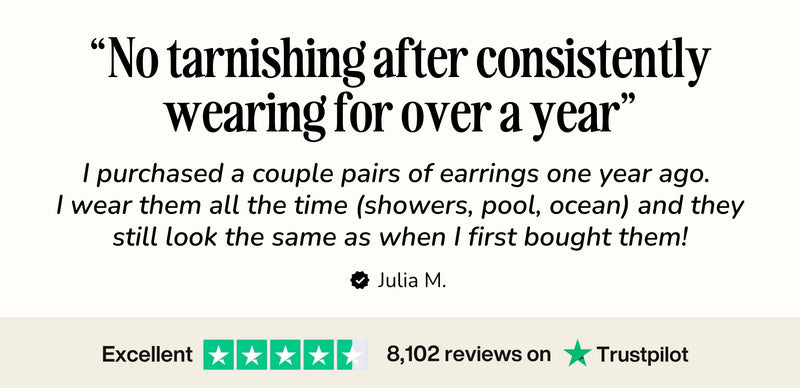




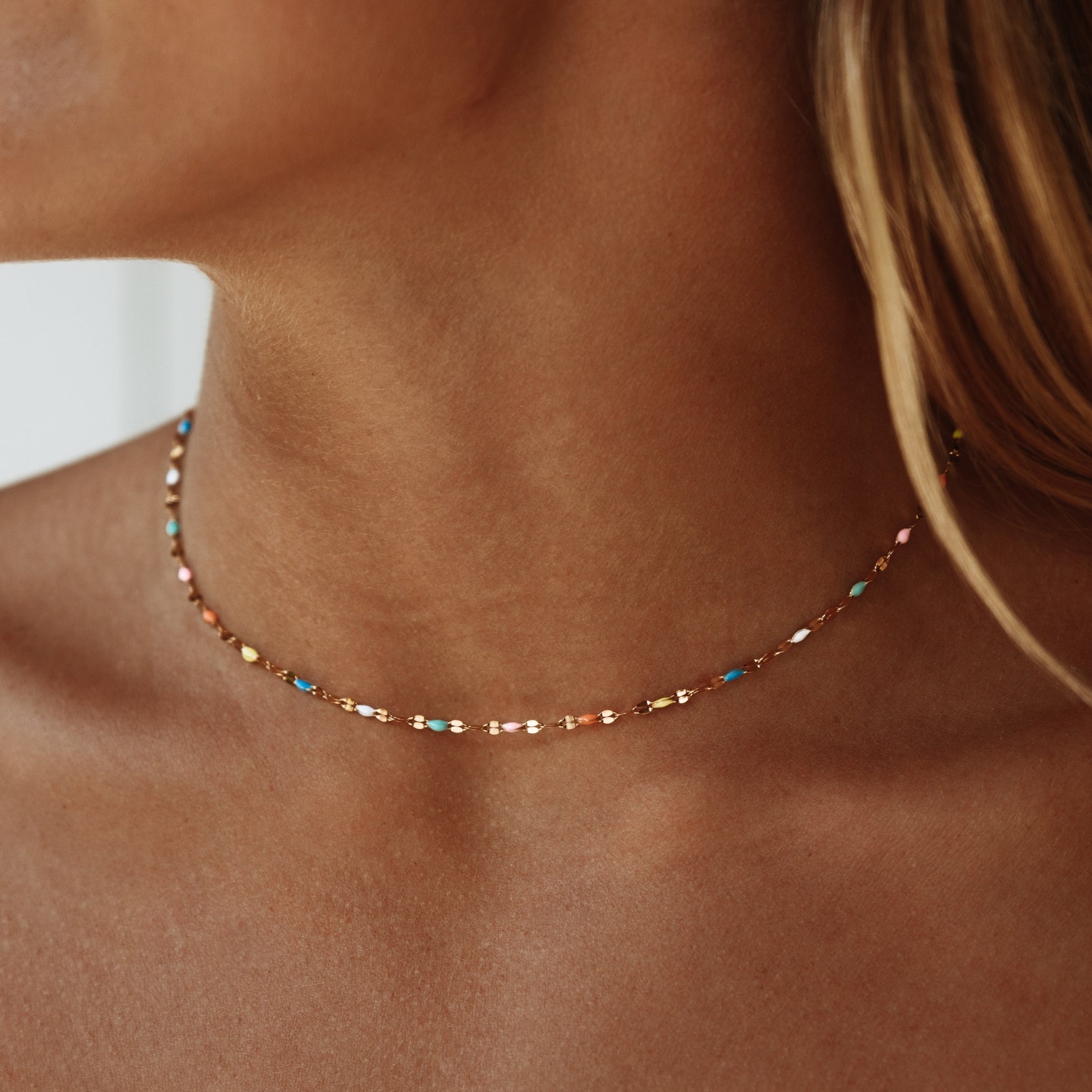
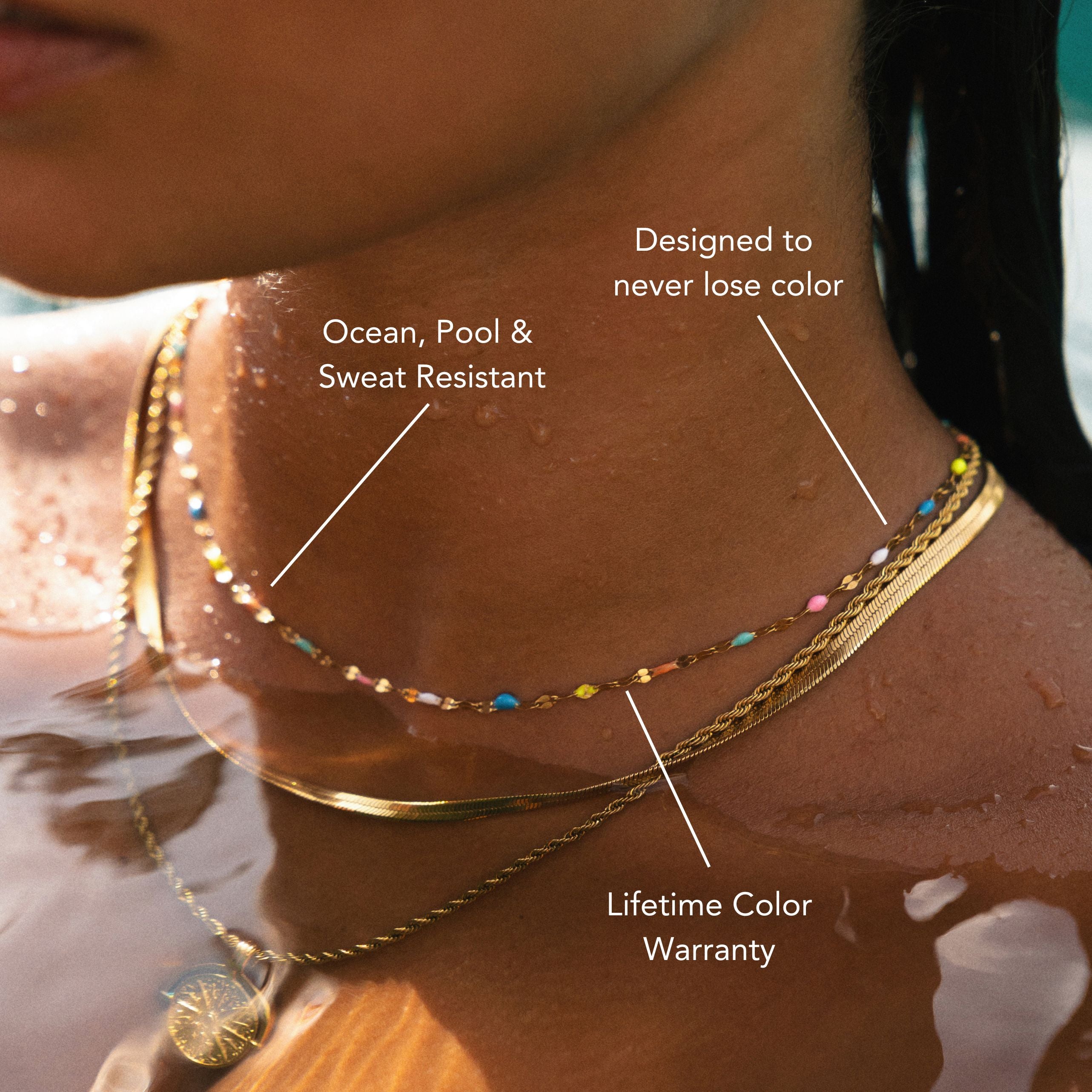
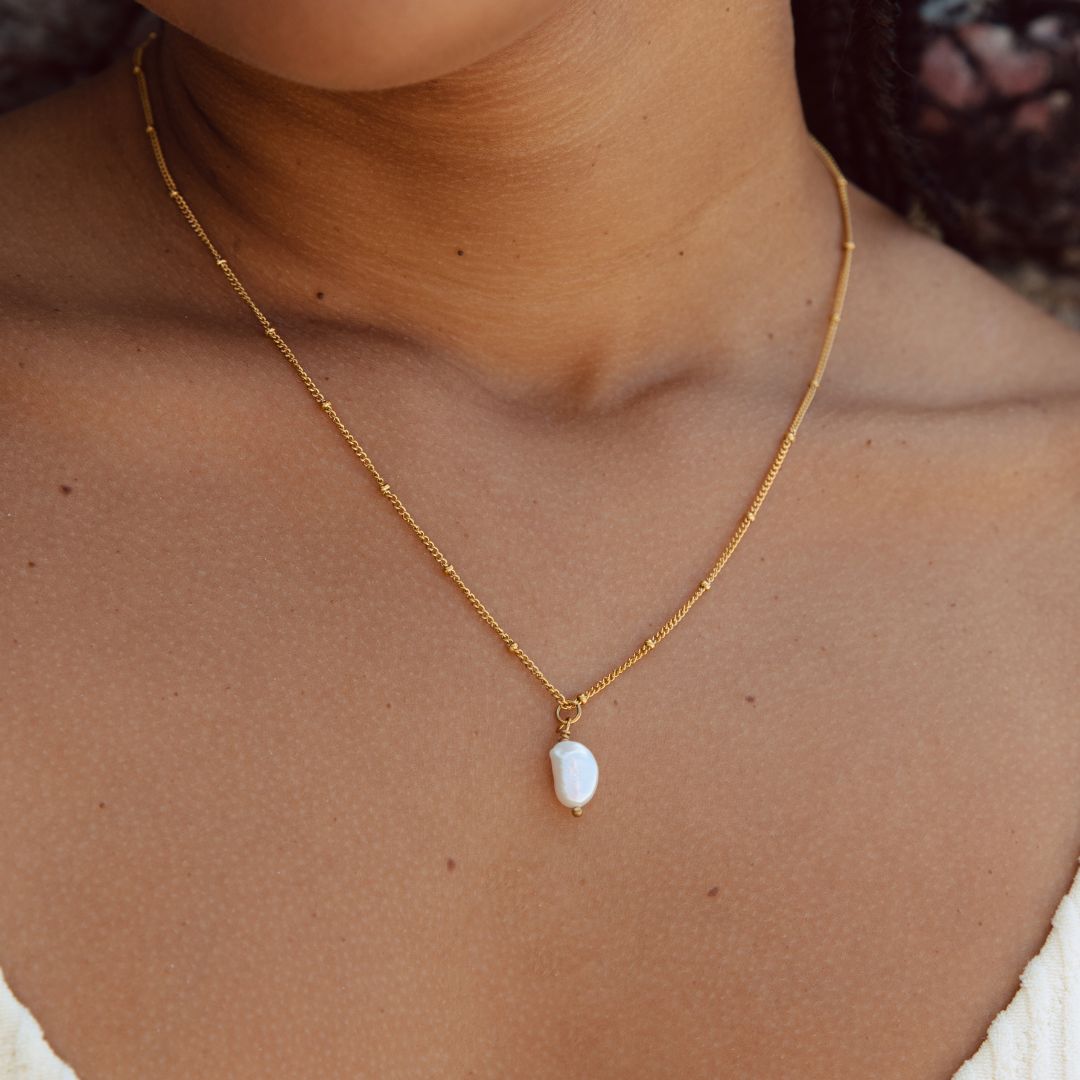

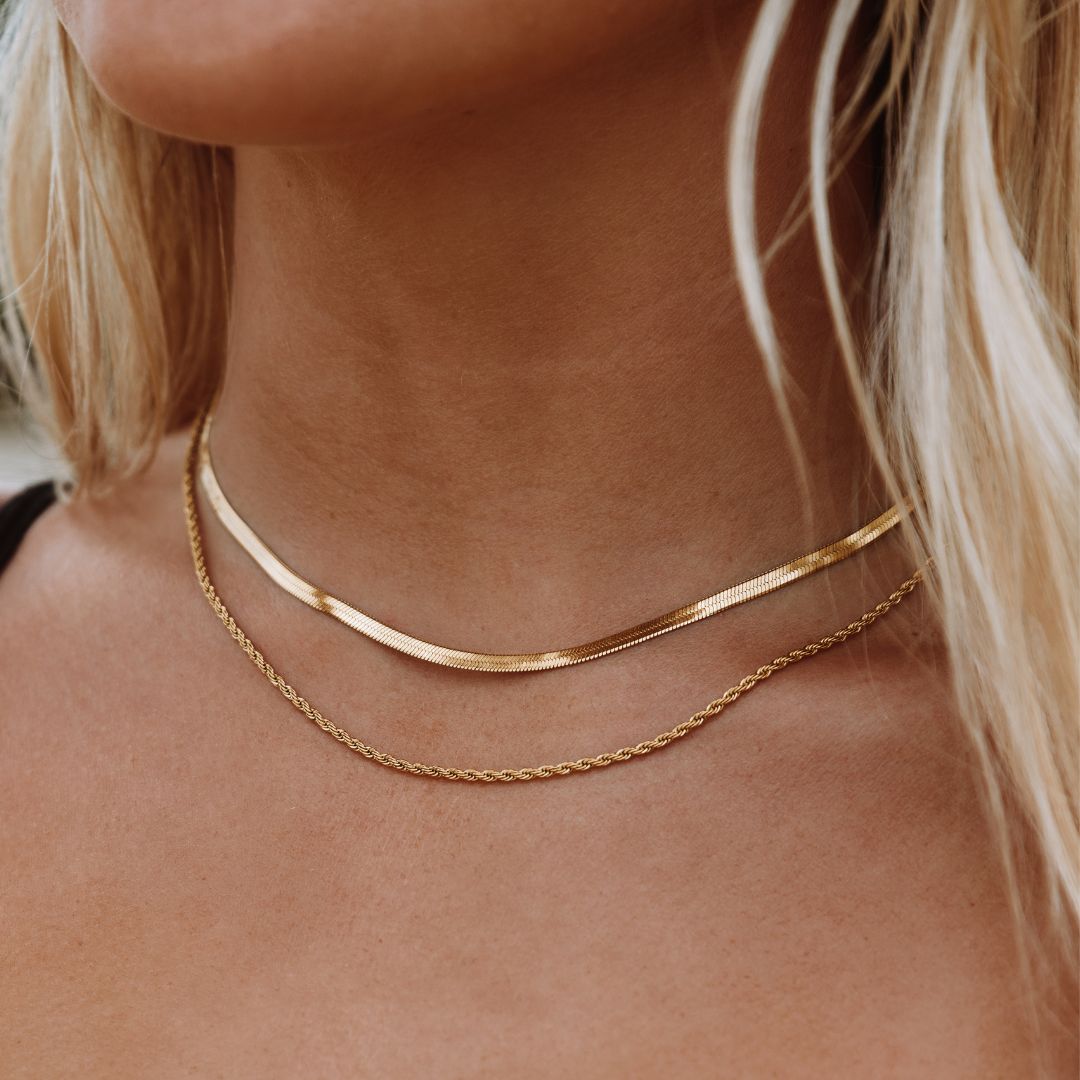
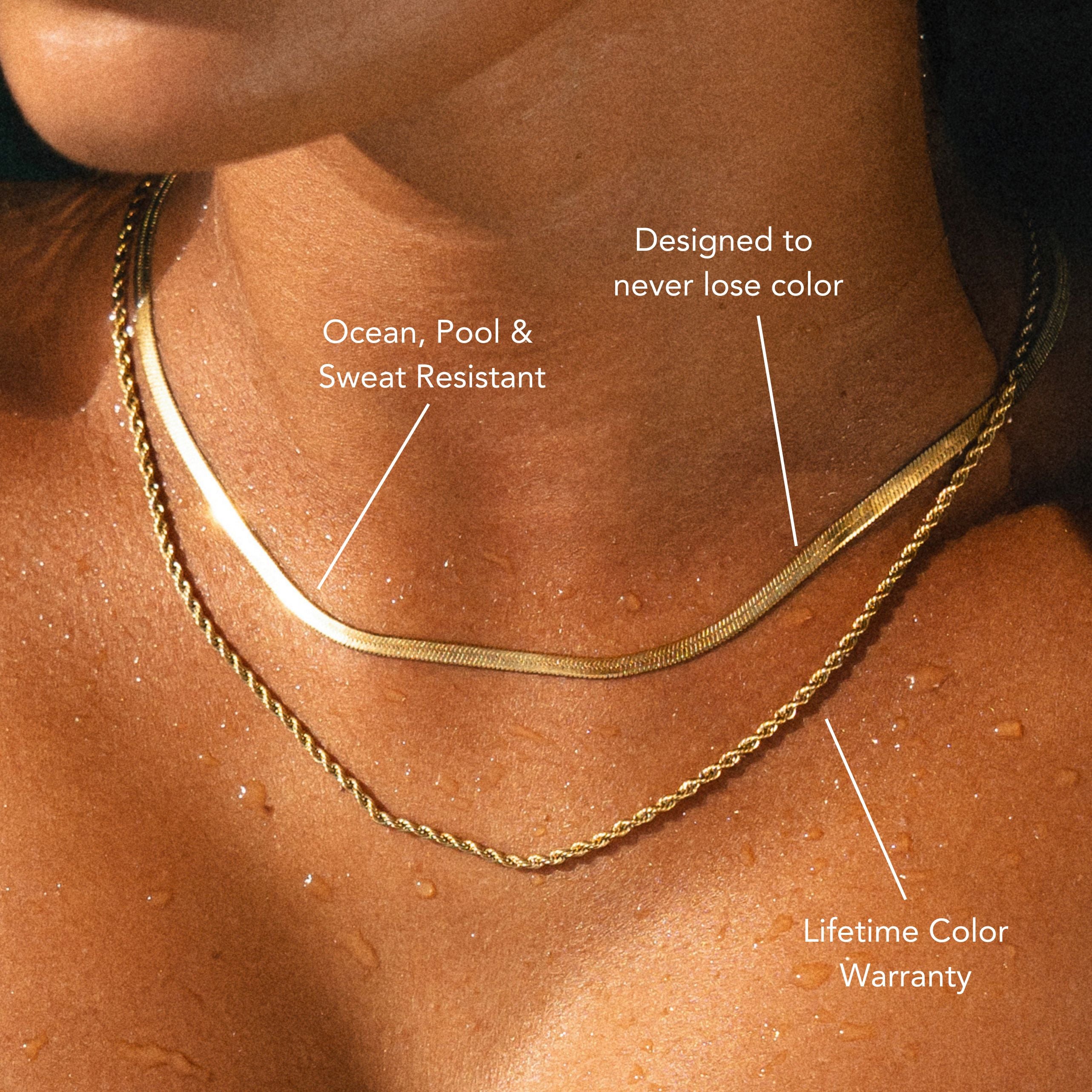
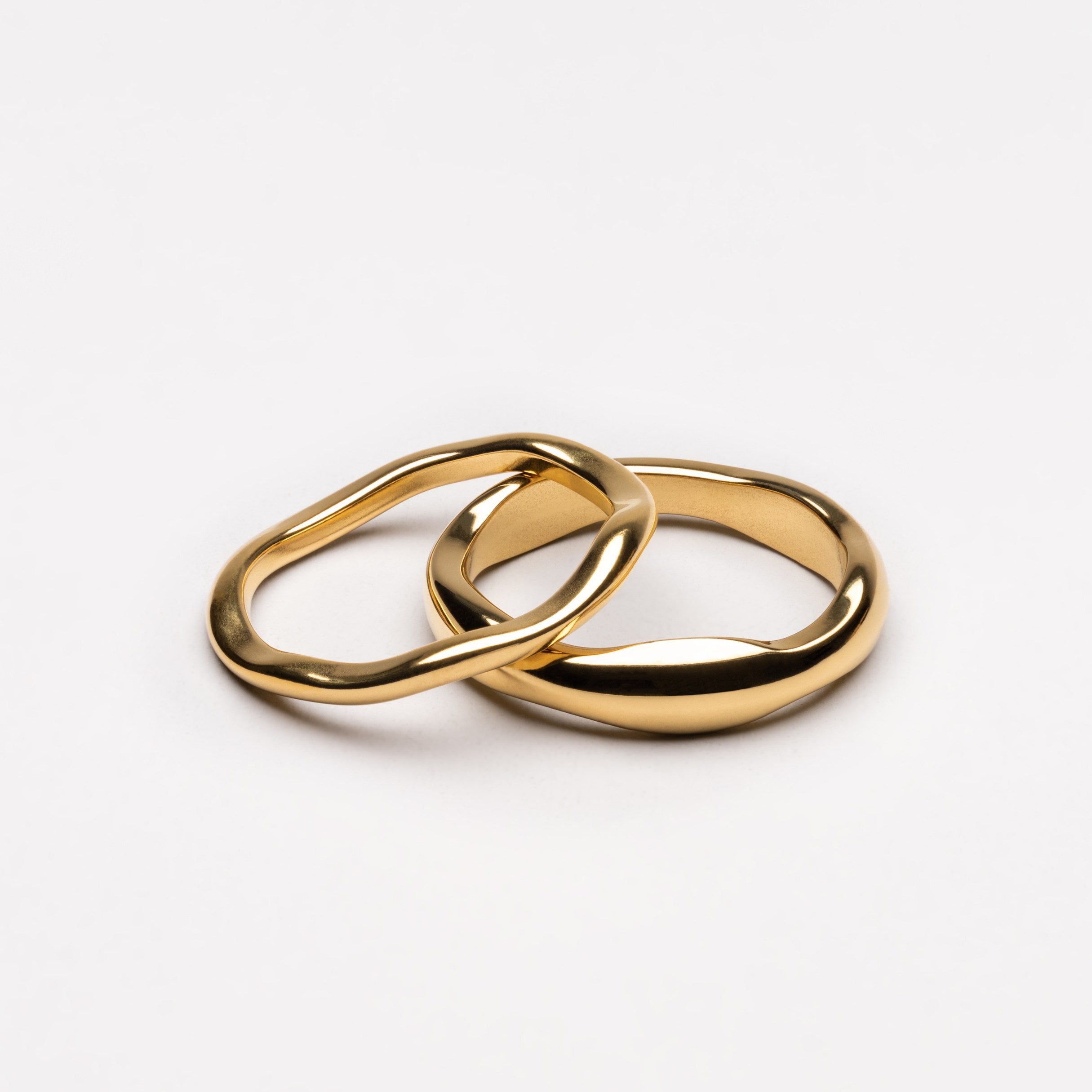

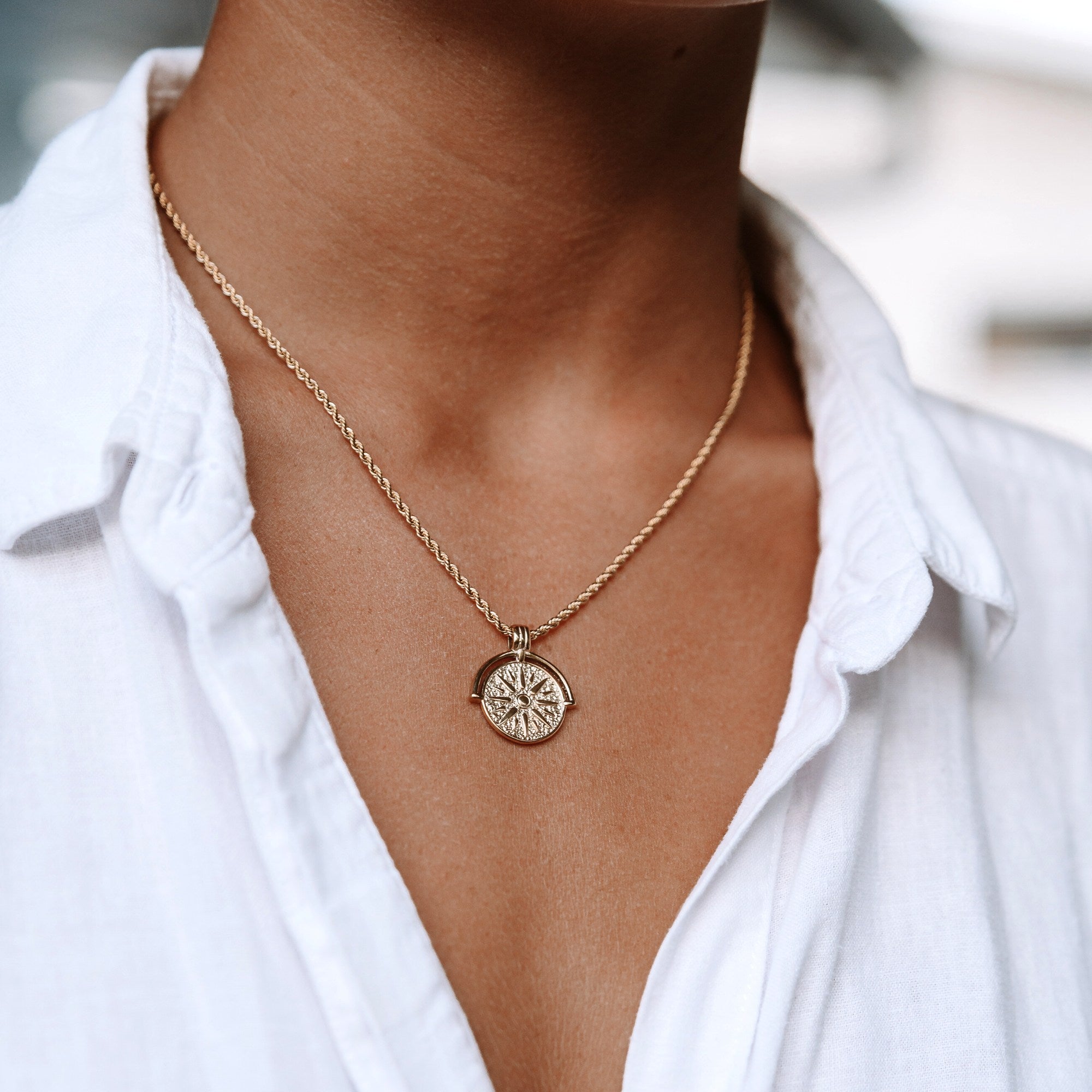
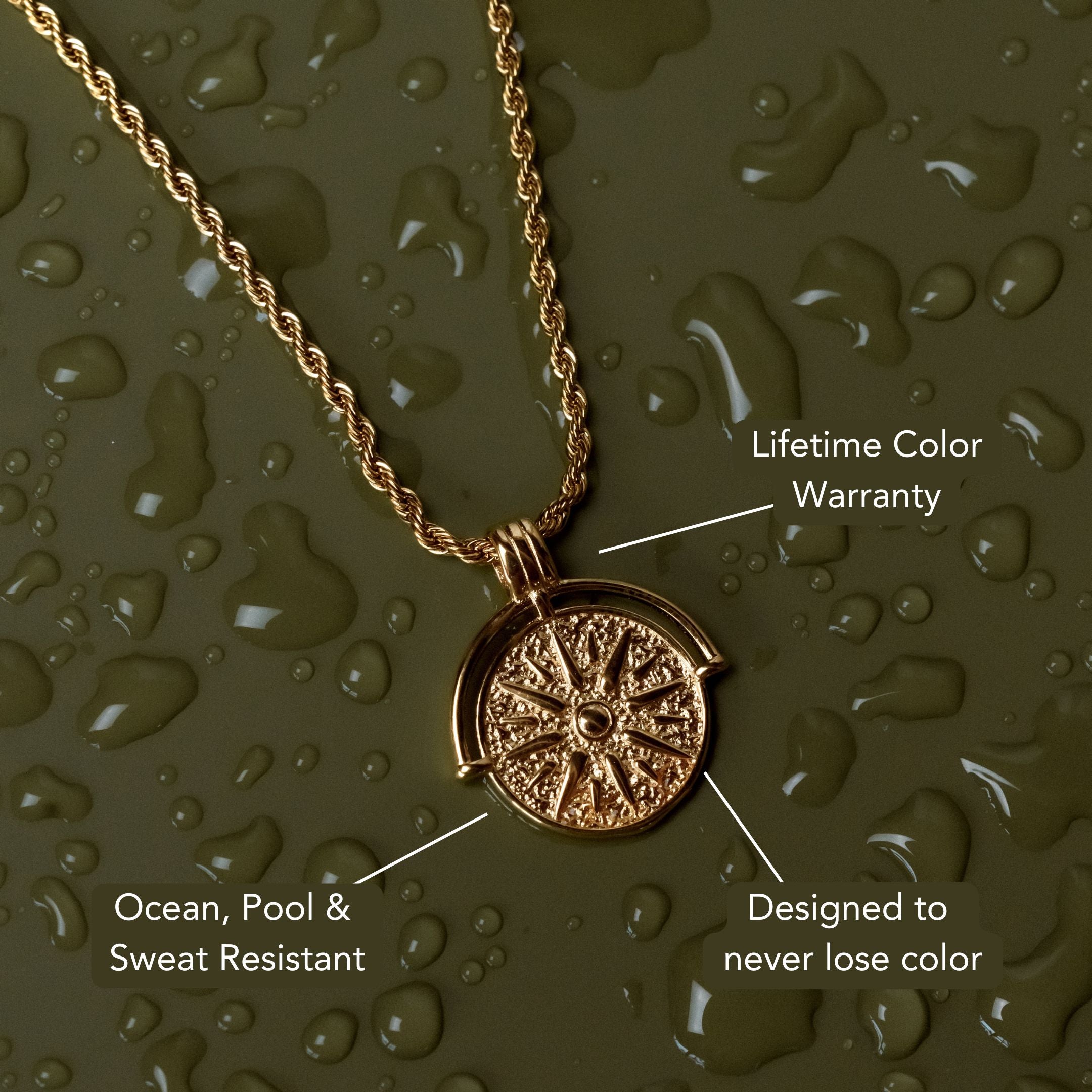
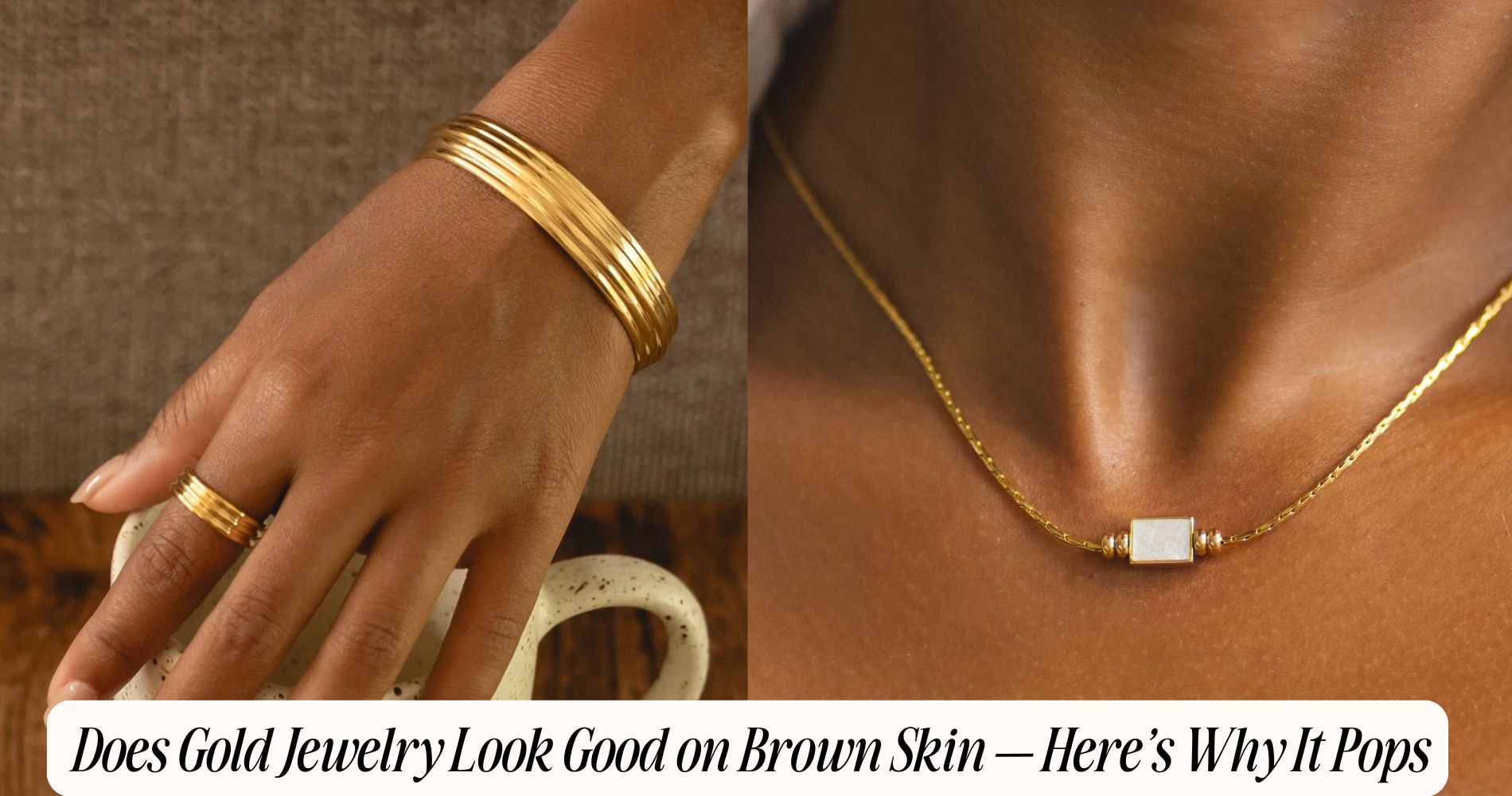
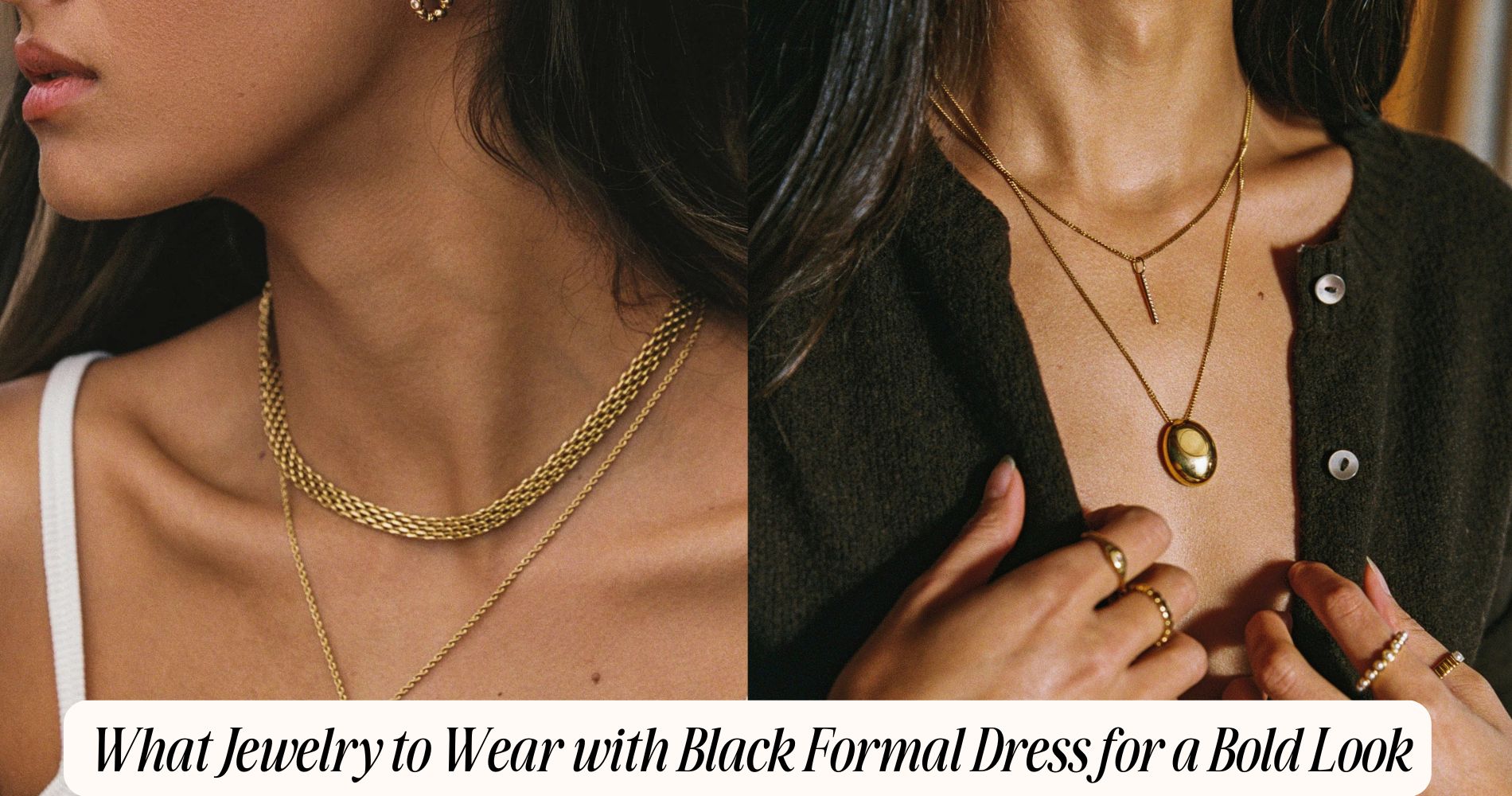




Leave a comment
This site is protected by hCaptcha and the hCaptcha Privacy Policy and Terms of Service apply.